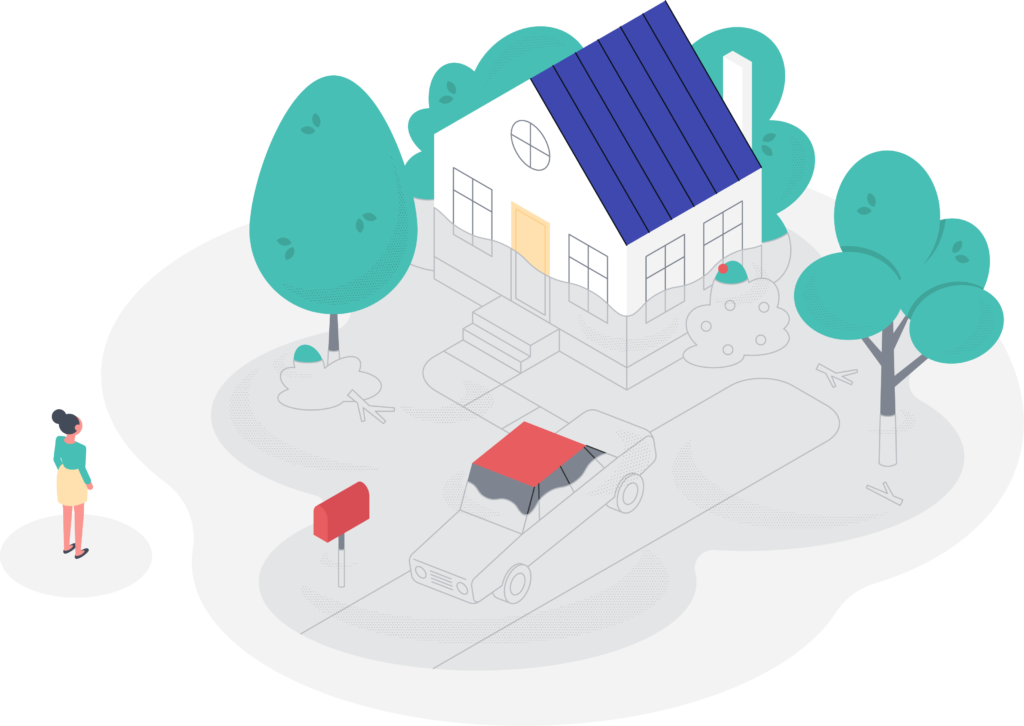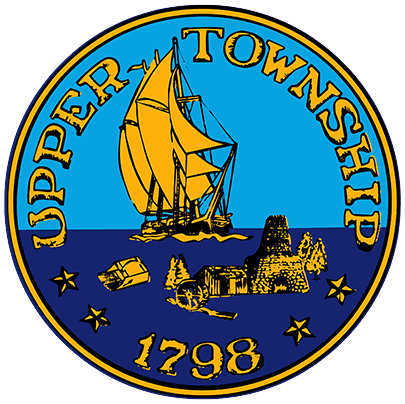Flood Hazards
Knowledge of our flood hazards can help you make informed decisions about your property.
What is Flood Risk?
The term “flood” is sometimes confusing because it is used to describe a wide range of environmental conditions. In basic terms, a flood happens when water either partially or totally covers land that is typically dry. This means that a flood occurs when your storm drain overflows and fills the street during a storm. You’re also experiencing a flood when your house is underwater due to a dam breach.
Flood risk is harder to define, because it can mean different things in different scenarios. Oftentimes, flood risk is a measure of flood vulnerability. You can think of it as the product of flood event probability and total amount of assets potentially exposed to the event. You’ve probably heard people discuss the probability in this equation in terms of 100-year floods or 500-year floods. These terms can be confusing. You might be tempted to think that a 100-year flood only happens once every 100 years. If you were recently flooded, you wouldn’t experience another one for another 99 years. In reality, the 100-year flood is a flood event that has a 1% chance of happening every year. Similarly, a 500-year flood is one that has a 0.2% chance of happening every year. These are statistical terms that describe likelihood, which means that, while unlikely, you could plausibly experience a 100-year flood two years in a row!

Local Flood Hazards
Events that cause flooding are called “flood hazards”. These hazards can be manmade (like a dam failure or levee breach) or they can be natural (like a storm) and are often locally unique.
Riverine Flooding: Riverine flooding is also called fluvial flooding and it’s the most common flood event in the U.S. It happens when the amount of water in a river increases beyond the river’s capacity and overflows. This increase most typically happens after heavy rainfall but can also be due to a number of causes, including snow melt, dam failure, and levee failure. Sometimes, riverine flooding takes the form of flash flooding, meaning a large amount of water enters a waterway over a very short period of time. Flash flooding is especially dangerous because it usually comes with very little warning and water during these vents can be very fast moving.
Coastal Flooding: Coastal Flooding usually occurs when severe or extreme weather events combine with high tide conditions. Storm surge is the most common cause of coastal flooding. It happens when winds from a large storm or other hydrometeorological event cause the ocean to “surge” onshore.
Flooding can be a health and safety hazard in portions of Upper Township. Flooding in our Township is caused by three sources: tidal flooding, tidal flooding influenced by a coastal storm floodwaters from stormwater runoff. Tidal flooding routinely occurs routinely in the Strathmere both during severe coastal storms and rain events coinciding with full moon tide cycles. Floodwaters usually may be 1-2 of water along Bayview Drive and can exceed five feet above the normal high tide. Occasional tidal flooding can occur along the Cedar Swamp Creek and Tuckahoe River. Floodwaters on the mainland may occur after a rainfall of either long duration or high intensity, which may result in flooded streets and yards.
There is usually sufficient warning of coastal flooding to allow property owners to move personal items and vehicles to higher ground. During 2009 the Township received higher than normal rainfall during the year which raised the groundwater elevation which caused localized overtopping of stormwater infiltration basins, especially in Seaville on Peach Orchard Road, Laurel Ridge Road and Winchester Court. The Nor’easter storm in November 2009 caused flooding throughout the Township; most roads in Strathmere and heading into Strathmere were impassable with more than four feet of water; Tuckahoe Road, Butter Road and Tyler Road were flooded with 1-2 feet of water from the Cedar Swamp Creek.
Your property may be high enough that it was not flooded recently. However, it can still be flooded in the future because the next flood could be worse. If you are in the floodplain, the odds are that someday your property will be damaged.
What Is a Flood Zone?
Flood zones are defined by FEMA and delineated on Flood Insurance Rate Maps (FIRMs). High-risk flood zones are described as part of an area known as a Special Flood Hazard Area (SFHA). The SFHA is what must be regulated through floodplain management in order for our community to participate in the National Flood Insurance Program (NFIP). If that’s confusing, think of it like this: the Special Flood Hazard Area (SFHA) is the area of concern for the National Flood Insurance Program (NFIP). Within the SFHA, there are different zones that correspond to different types of hazards. These are called flood zones. There are many different flood zones but some of the most common are:
X: Areas subject to flooding by the 0.2-percent annual chance flood event. These are considered to be lower risk than A, AE, V, and VE zones and are not included in the Special Flood Hazard Area (SFHA)
A: Areas subject to inundation by the 1-percent annual chance flood event that don’t have Base Flood Elevations (BFEs) calculated. Sometimes A zones are called “Approximate A” zones.
AE: Areas subject to flooding by the 1 percent annual chance flood event that have Base Flood Elevations (BFEs) calculated (the E in AE stands for “elevation”!). Coastal AE zones also exist. These are areas of special flood hazards extending inland to the limit of the 1.5-foot breaking wave.
V: Areas along coasts subject to inundation by the 1-percent annual chance flood event with additional hazards associated with storm-induced waves.
VE: Areas along coasts subject to flooding by the 1-percent annual chance flood event with additional hazards associated with storm-induced waves. These are different from V zones in that (like AE zones) they have Base Flood Elevations (BFEs) calculated.
In the above list, the Base Flood Elevation (BFE) is referenced often. BFEs are important to floodplain management in that they often serve as regulatory thresholds for development and building permits. This means that some of the construction in our community is required to be elevated to or above the BFE. If you have questions about this, feel free to contact us using the information listed in the next section.
Flood Zone Awareness
If you would like more information about your individual flood risk, or if you would like to learn more about your flood zone, you can reference FEMA’s Map Service Center. If you would like further assistance, we’re here to help. You can reach us via our online help form or by phone. Check out our Get Help page for information on contacting us.
Township Flood Services
The first thing you should do is check your flood hazard. Flood maps and flood protection references are available at the Cape May County Public Library – Upper Branch. You can also visit the Zoning or Engineering Department at the Municipal Building to see if you are in a mapped floodplain. If so, they can give you more information, such as depth of flooding over a building’s first floor and past flood problems in the area and copies of Elevation Certificates on buildings built in the floodplain since 1991. They also have a handout on selecting an architect, engineer, or contractor.
The Flood Insurance Rate Maps & Flood Insurance Study are available for review at the Zoning Office or Engineering Department in our Municipal Building at 2100 Tuckahoe Road in Petersburg. The Engineer’s Office can provide you with a written map determination for your property upon request.
If requested, the Township Engineer will visit a property to review its flood problem and explain ways to stop flooding or prevent flood damage. Call the Engineering Department at 628-2011 ext. 244. These services are free. If you are in a floodplain or have had a flood, drainage or sewer backup problem, check out these sources of assistance.
The County’s GIS website can show you which flood zone your property may be in. Go to https://ims.capemaycountynj.gov/, select link to Maps then Parcels. Click Flood Plain layer to be on and REFRESH the map. You can then zoom into the area you are interested with the zoom tools or use the search feature.
There are also no-cost measures you can take to prevent a loss from rising flood waters. Consider moving furniture, electronic equipment, or important papers to a higher spot within your house. Tops of cabinets or attic spaces can be used as temporary storage space.
